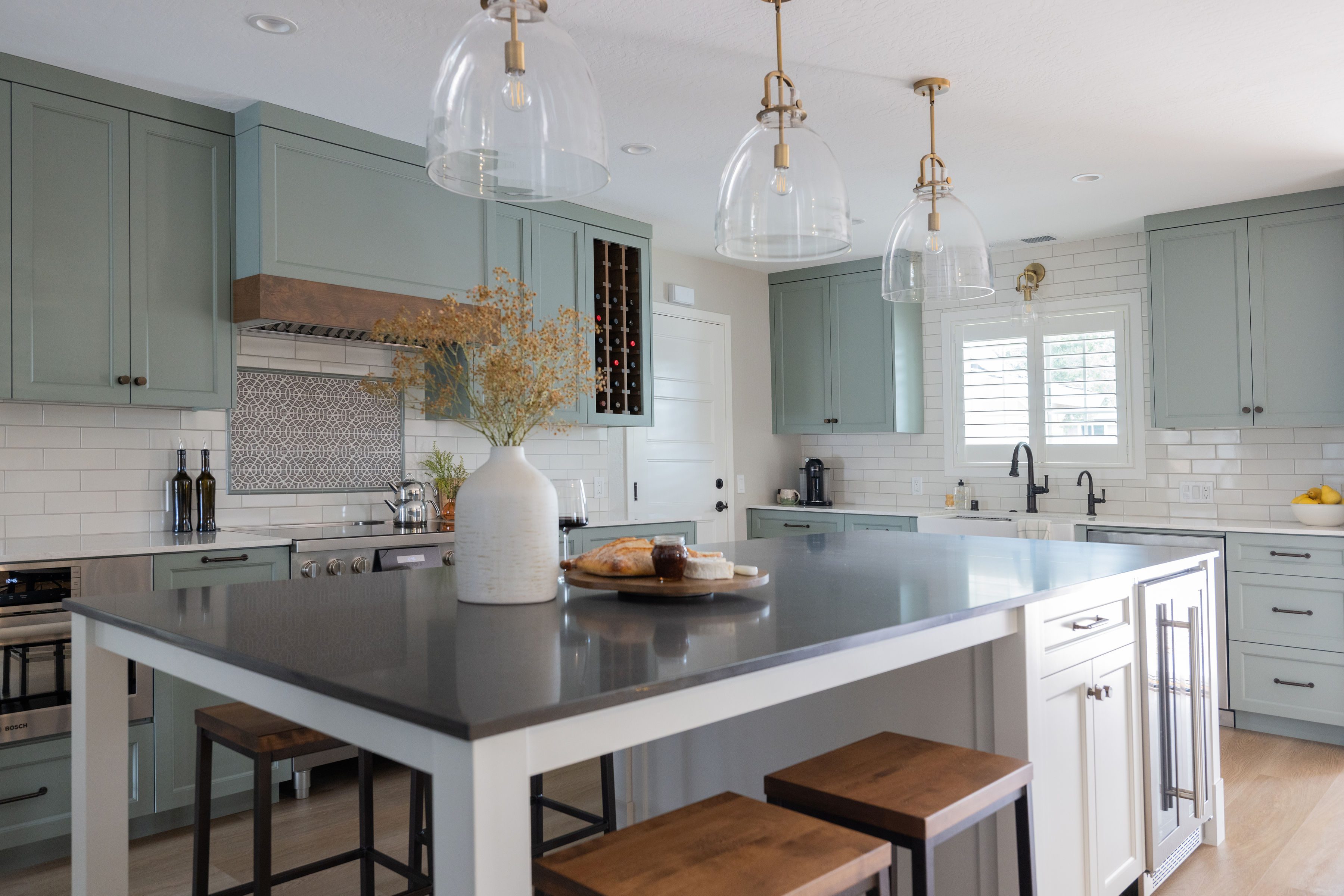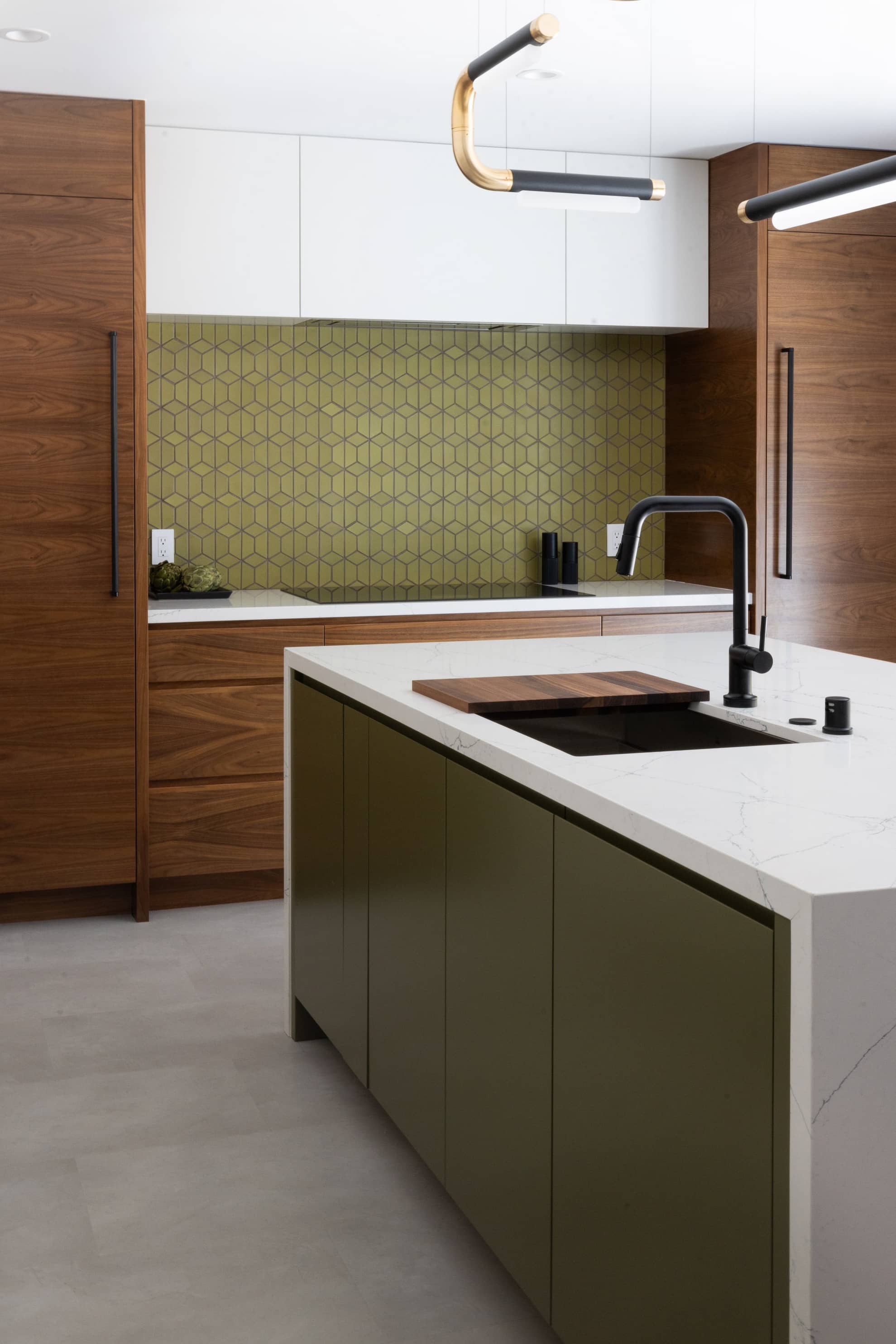A kitchen renovation is one of the most rewarding home improvement projects you can undertake. It’s a chance to transform your space into the heart of your home, and nothing sets the tone quite like a stunning kitchen island. Whether it’s a hub for casual breakfasts, a gathering spot during parties, or your go-to prep area, the kitchen island plays a central role. One of the most important aspects of this focal point is the kitchen island slab. Selecting the right stone slab for your kitchen island countertop is crucial for both the look and functionality of your kitchen. In this guide, we’ll walk you through the types of stone slabs, their pros and cons, key considerations for selection, and tips on cut and seam placement.
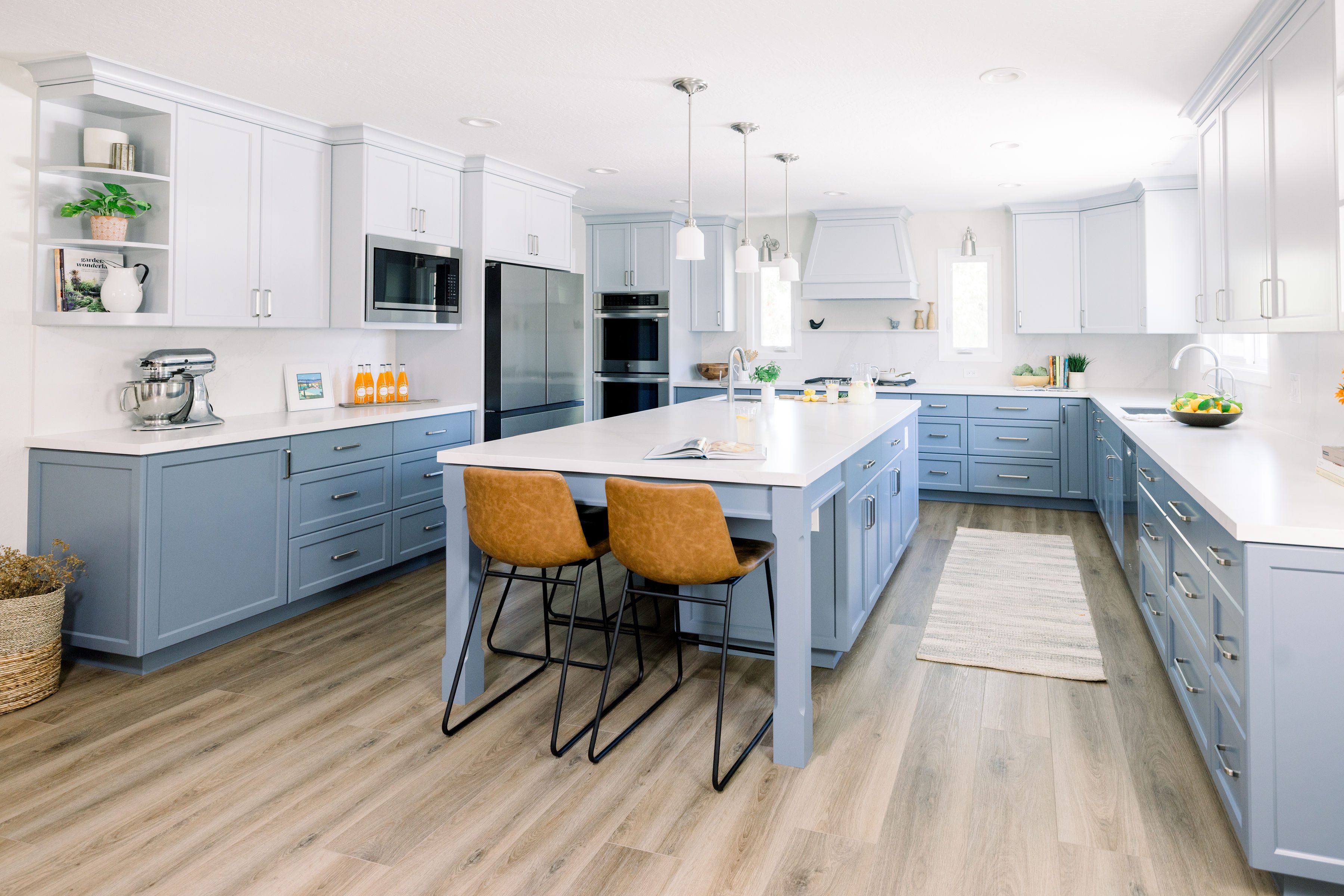
Types of Kitchen Stone Slabs: Pros and Cons
When it comes to choosing a stone slab for your kitchen island, there are several options, each with its own unique characteristics. Here’s a closer look at some of the most popular choices:
1. Granite:
- Pros: Durable, heat-resistant, and available in a wide range of colors and patterns. Granite is a classic choice that adds a luxurious feel to your kitchen renovation.
- Cons: Requires periodic sealing to maintain its resistance to stains. It can also be on the pricier side, especially for rarer patterns.
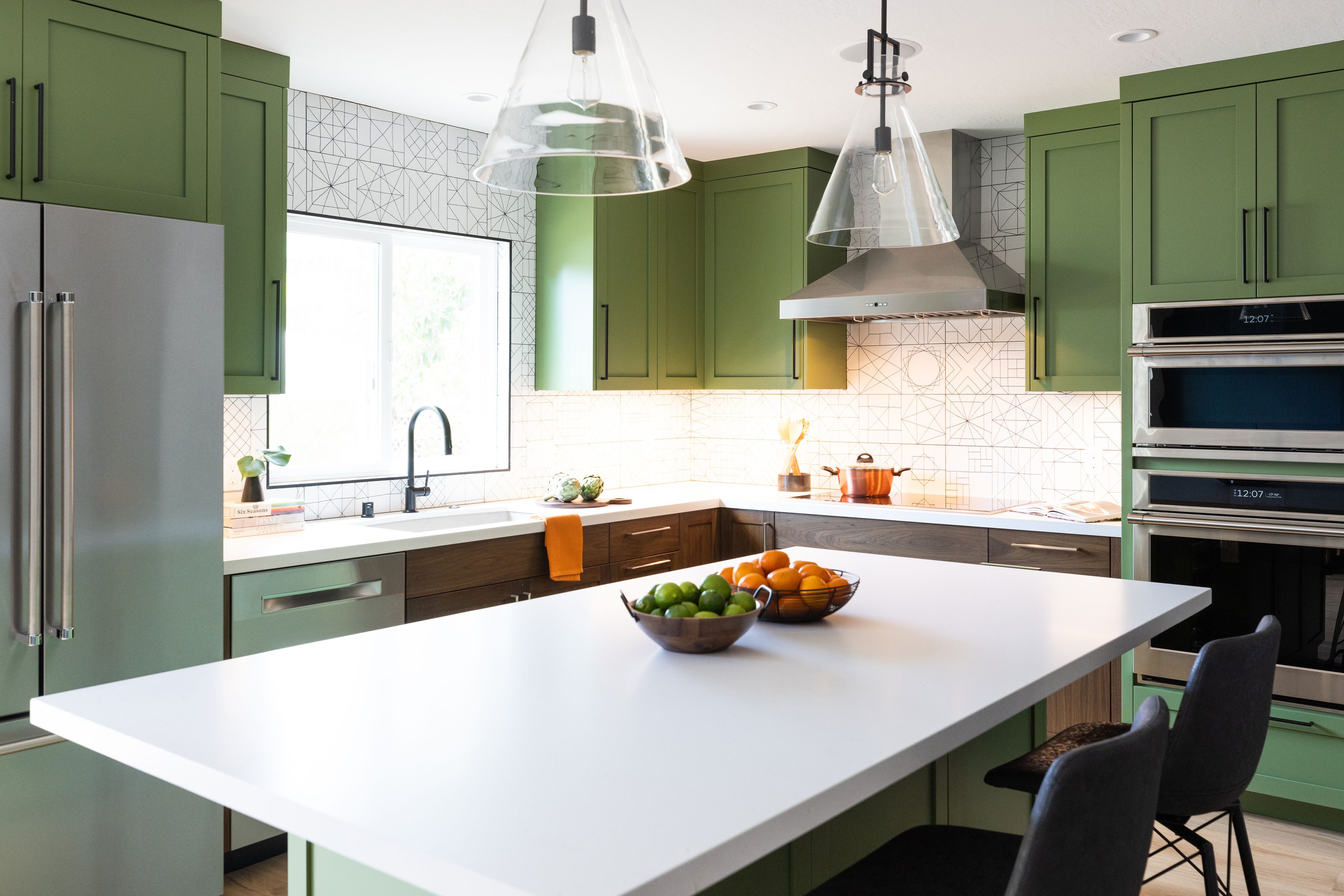
2. Marble:
- Pros: Timeless elegance with its smooth, cool surface. Marble is perfect for baking enthusiasts and those who appreciate a sophisticated look.
- Cons: Prone to scratching and staining, especially from acidic substances like lemon juice. It also requires regular maintenance and sealing.
3. Quartz:
- Pros: Engineered for durability, quartz is non-porous, making it highly resistant to stains and bacteria. It’s available in a wide variety of colors and patterns, offering consistency in design.
- Cons: While durable, quartz is not as heat-resistant as natural stone. Direct exposure to high heat can damage the surface.
4. Soapstone:
- Pros: Naturally non-porous and resistant to stains and bacteria. Soapstone offers a soft, matte finish that develops a unique patina over time.
- Cons: Softer than other stones, making it more prone to scratching and denting. Regular oiling is recommended to maintain its rich color.
5. Slate:
- Pros: Offers a unique, rustic appearance with excellent stain resistance. Slate is durable and low maintenance, making it a practical choice for busy kitchens.
- Cons: Limited color options and can be brittle, making it more susceptible to chipping.
Key Considerations for Selecting Your Kitchen Island Slab
Now that you’re familiar with the types of stone slabs available, it’s time to consider a few important factors that will help you make the best choice for your kitchen island countertop.

1. Lifestyle:
Think about how you use your kitchen. Do you often cook large meals? Is your kitchen a high-traffic area? A durable and easy-to-maintain material like quartz or granite might be your best bet if your kitchen sees a lot of action. On the other hand, if you value aesthetics and don’t mind a bit of maintenance, marble could be the perfect choice.
2. Budget:
Your budget will play a significant role in determining the type of stone slab you choose. Granite and marble can be more expensive, while materials like quartz offer a more budget-friendly option with similar visual appeal.
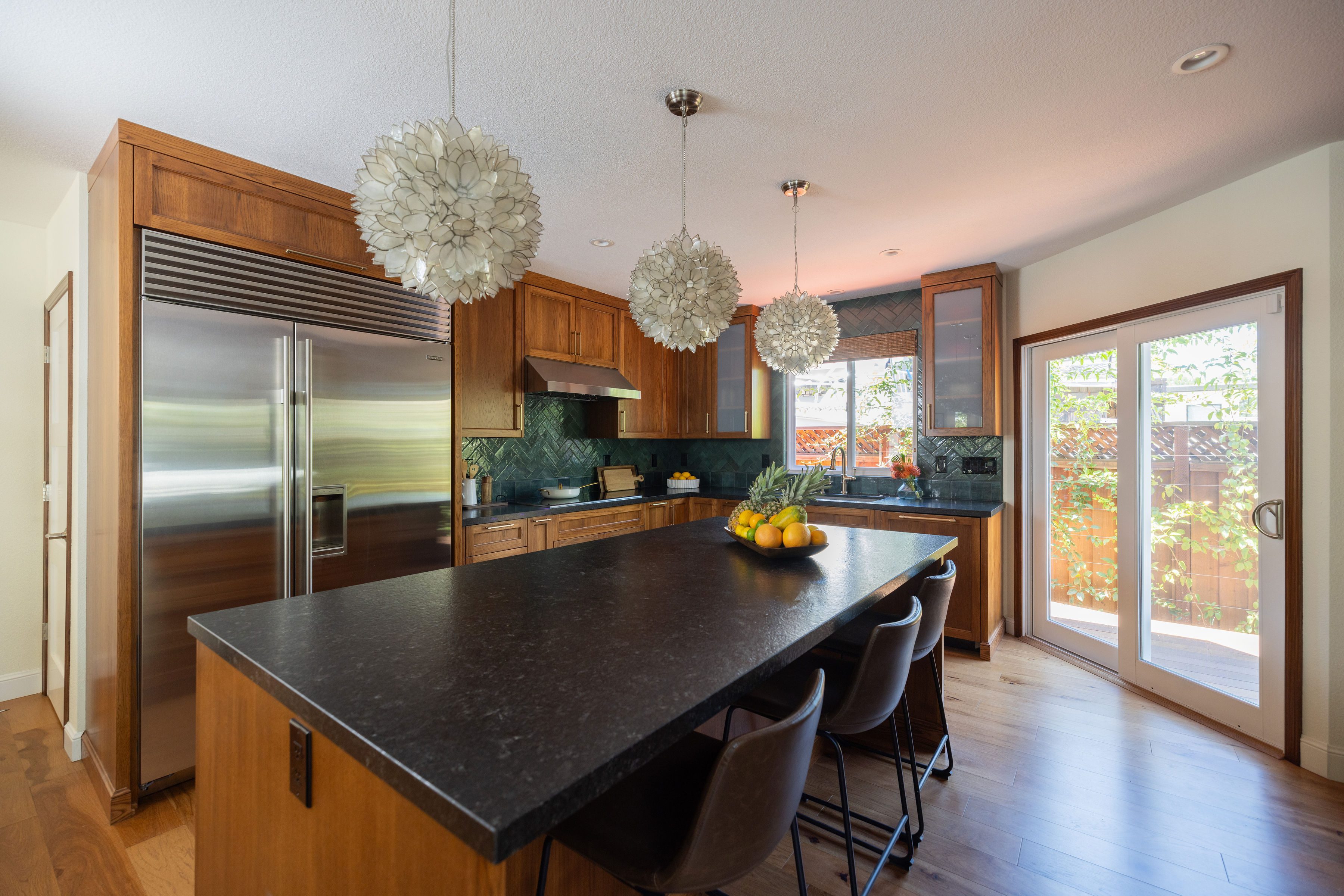
3. Aesthetic Appeal:
Consider the overall look you want to achieve in your kitchen renovation. Each stone type brings a different vibe to the space. Whether you’re going for a modern, rustic, or classic look, there’s a stone slab that will perfectly complement your design.
4. Maintenance:
Some stones require more upkeep than others. If you prefer a low-maintenance kitchen island countertop, quartz or soapstone might be ideal. If you’re willing to invest in regular maintenance for a truly unique and luxurious look, marble or granite could be the right choice.
Kitchen Island Slab, Cut, Seam Placement, Finishing Touches
Once you’ve selected the perfect stone slab for your kitchen island, the next step is to consider the cut and seam placement. These details can significantly impact both the functionality and appearance of your kitchen island countertop.
1. Seam Placement:
Seams are inevitable in larger kitchen islands, but strategic placement can make them less noticeable. Work with your installer to position seams in less conspicuous areas, like where the island meets the wall or where countertop appliances might be placed.
2. Edge Profile:
The edge profile of your kitchen island slab is another important consideration. From classic beveled edges to sleek, straight lines, the edge profile can enhance the overall design of your kitchen. Consider your kitchen’s style when choosing an edge profile that complements the space.
3. Overhang:
Decide how much overhang you want on your kitchen island countertop. An extended overhang can create a casual dining space, while a minimal overhang gives a cleaner, more modern look.
4. Sink Cutout:
If your kitchen island includes a sink, the cutout needs to be precise. Whether you choose an undermount or farmhouse sink, ensure the stone is cut to fit perfectly, providing both functionality and style.

Talk to Next Stage About Your Dream Kitchen Renovation
Choosing the right stone slab for your kitchen island is a key part of your kitchen renovation. By understanding the different types of stone slabs, their pros and cons, and considering factors like lifestyle, budget, and aesthetics, you can make an informed decision that will elevate the heart of your home. If you’re ready to transform your kitchen, don’t hesitate to get in touch with our team. Contact us here or give us a call at (408) 323-5300.
